I Just Found Out My Baby Is Breech - What Can I Do About It?
Hearing that your baby is breech—meaning they’re positioned bottom-down rather than head-down—can be surprising or even a little overwhelming, especially if you’re nearing the end of your pregnancy. The good news? There are still options and time to support your baby in getting into a more optimal position for birth.
Here’s what you need to know:
⸻
What Does “Breech” Really Mean?
Most babies naturally settle into a head-down (vertex) position by around 32–36 weeks of pregnancy. A breech position means your baby’s feet or bottom are closer to the birth canal instead of their head. This can happen for various reasons—some babies are just more active or have more room to move around!
⸻
How Is Breech Detected?
Your care provider might suspect breech based on the shape and feel of your belly, or during a routine exam. An ultrasound is typically used to confirm your baby’s position.
⸻
Can a Breech Baby Still Turn?
Yes! Many babies turn on their own, especially before 36 weeks. And if your baby doesn’t flip spontaneously, there are gentle, non-invasive options to help encourage movement.
⸻
What Can I Do to Help My Breech Baby Turn?
1. Spinning Babies Techniques
Spinning Babies offers positions and stretches designed to create space in your pelvis and encourage optimal fetal positioning. Their “Forward-Leaning Inversion” and “Breech Tilt” are especially popular.
2. Chiropractic Care (Webster Technique)
Chiropractors trained in the Webster Technique use gentle adjustments to align the pelvis and relax uterine ligaments, which can help baby move more freely.
3. Acupuncture & Moxibustion
Moxibustion is a traditional Chinese technique that uses warming herbs near specific acupuncture points. Some studies show it can increase the chances of your baby turning.
4. Swimming & Movement
Gentle swimming and exercises that involve pelvic rocking or cat-cow positions may help baby shift positions.
5. External Cephalic Version (ECV)
Around 37 weeks, some providers may offer an ECV—a manual, external attempt to turn the baby into a head-down position. While it’s not always successful, many people do have positive outcomes with it.
⸻
If Baby Stays Breech
If your baby remains breech near your due date, your provider will walk you through your birth options. Some breech babies are safely delivered vaginally, especially with experienced providers, though many care teams recommend a planned cesarean for breech presentation.
⸻
You’re Not Alone
Finding out your baby is breech can stir up lots of emotions. Remember—this isn’t your fault, and you still have time and options. Surround yourself with a supportive birth team, ask questions, and take comfort in knowing that no matter how your baby arrives, your birth story can still be empowering and beautiful.
⸻
Have questions about preparing for birth or navigating late pregnancy changes?
Reach out to us at abby@sleepchildomine.com or follow along on Instagram @sleepchildomine!
⸻


